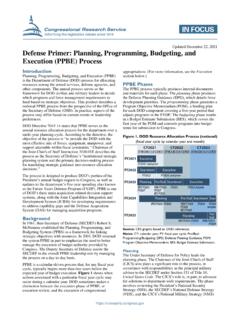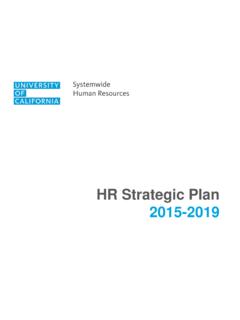Transcription of Clinical Development Plan Guide 110613 - Biostrategics
1 The Clinical Development plan Guide 2011 Biostrategics Consulting Ltd Biostrategics Consulting Ltd - Confidential - Website: Blogsite: Email: Tel: 781-631-8596 Copyright 2011 Biostrategics Consulting Ltd. The Clinical Development plan Guide There are two essential documents that any company developing a new pharmaceutical or biotechnology derived product requires to ensure it achieves its strategic goals. The first is the prospective patient package insert (PPI) that defines the goals of the product, and is therefore a description of the destination of the strategy.
2 The second is the Clinical Development plan (CDP), which can be viewed as the map of how to get there. The CDP should not to be confused with the FDA s IND section entitled General Investigational plan which is a short summary of the trials planned for the upcoming year, the CDP is an internal corporate management document. While more tactically oriented than the prospective PPI, the CDP is nevertheless every bit as strategic in that it serves key goal-setting, performance assessment, communications, and decision-making functions.
3 The CDP also requires a multidisciplinary and aspirational approach, while also providing the conceptual framework for the entire Clinical trials program relating to the compound in question. The CDP lays out a logical sequence of the scientific rationale, the commercial rationale, and the Clinical trial plan that should be conducted to generate the information necessary to support the label claims. It is noteworthy to say that creating such a document, while entailing considerable time, thought and effort on the part of all members of the Development team, is extremely valuable and predictive of the success of any program.
4 Only if the perspectives of all relevant disciplines are integrated into the Development plan can the project truly reflect corporate goals. Key Components of the Clinical Development plan (see below) Prospective Patient Package Insert Scientific Rationale for Development Commercial Rationale for Development Clinical Trials plan Regulatory Considerations Strategic Planning While it is axiomatic that every program will experience unanticipated results and meet unexpected hurdles during its lifetime, an inclusive planning process creates an organization consensus about the project s ultimate goals and criteria for success.
5 The CDP is a bridge between the purely strategic asset management planning process on the one hand, and, on the other, the highly tactical scientific and operational realms of the Clinical trial process. Its creation is generally spearheaded by the Clinical research department, which then becomes accountable for its execution . Clinical research professionals are responsible for ensuring that every protocol contributes to the body of Biostrategics Consulting Ltd - Confidential - Website: Blogsite: Email: Tel: 781-631-8596 Copyright 2011 Biostrategics Consulting Ltd.
6 Knowledge specified by the prospective PPI and the CDP, and that the resulting data are expressed and communicated in a way that allows corporate decision makers to act upon them accordingly. A DETAILED Guide TO THE Clinical Development plan Prospective Patient Package Insert Efficacy profile Clinical pharmacology Patient population Clinical data Indication claims Safety profile Contraindications Warnings and precautions Adverse reactions Drug abuse and dependence Overdosage Dosage and administration How supplied Scientific Rationale for Development Chemical and physical composition Chemical class and structure Chemical properties Formulation characteristics Manufacturing process.
7 Scalability and cost of goods projection Nonclinical pharmacology In vitro pharmacology In vivo pharmacology Absorption, distribution, metabolism, and excretion Pharmacokinetic studies behavior Pharmacokinetic/pharmacodynamic correlations Drug-drug interactions Nonclinical studies Animal-based efficacy studies Acute toxicology results Planned chronic toxicology program Planned carcinogenicity studies Planned reproductive studies Commercial Rationale for Development Potential Clinical indications Disease description and standard of care Epidemiologic considerations Unmet Clinical need(s) Unmet market need(s)
8 Market size assumptions and projections Biostrategics Consulting Ltd - Confidential - Website: Blogsite: Email: Tel: 781-631-8596 Copyright 2011 Biostrategics Consulting Ltd. Synergy with other company products (marketed or under Development ) International considerations Competitive situation (existing and potential) Product profiles: optimal versus minimal acceptable Clinical Trials plan Phase 1 Human volunteer, safety studies Phase 2 Dose ranging studies, randomized, controlled, blinded, efficacy studies Phase 3 Large scale pivotal efficacy and safety studies Post-marketing trials For each phase Proposed population Scientific hypotheses and protocol objectives Trial design considerations Sample sizes Projected resource needs People requirements Costs Clinical supplies Third party vendors Timelines International considerations Regulatory Considerations Pre-IND meeting planning IND documentation Regulatory communications and meetings Regulatory trends and intelligence International
9 Regulatory planning Strategic Planning Milestones and critical information availability Key decision points Go/no-go criteria Risk assessment and contingency plans Partnering, licensing and other business Development issues





